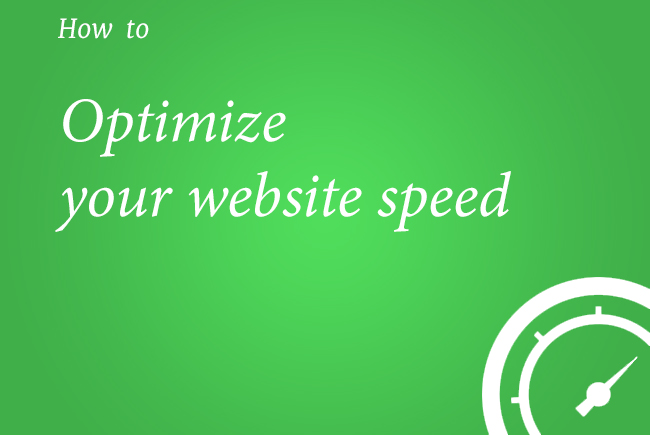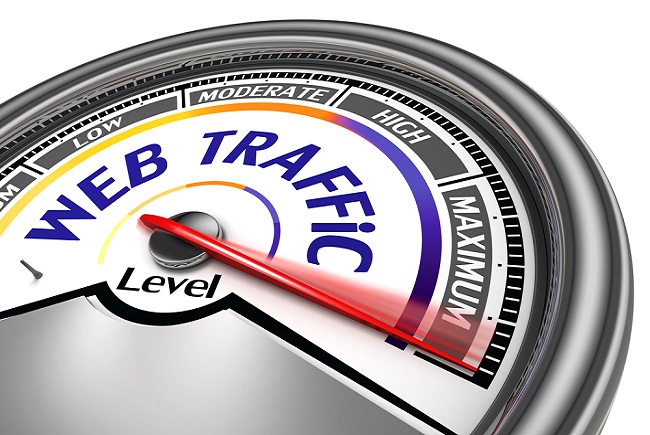Since a couple of years Google and most of the search engines are increasingly being tougher on sites with low page speed and after the recent Google Penguin update it is now clear that page speed is going to be a critical factor in influencing your search ranks. Reasonably enough a site with low upload speed and sloth browsing performance is detrimental to the web experience and naturally you cannot expect a favourable search rank or steady traffic with your speed of website not peeking up the visitor’s expectation. 40% of web users gets away from the page or closes it if it takes more than 3 seconds to upload. A strong statistics on how page speed can influence your traffic, user experience and your overall web presence. Undoubtedly for a strong web presence there is no other alternative that to increase page speed and performance. Let us have a look at the few solutions for improving the overall speed of your website.
A great many websites simply suffer of poor speed and performance simply because they either do not know or did give damn about saving memory space on the server that can make their site’s performance and speed a lot faster. Saving space on the server will dramatically increase page speed, if other inhibiting factors do not prove to be big enough. Use something like PHP catching or leveraging HT access. For WordPress sites a cache plugin will do.
There are no better things to do to improve your website speed and performance than to make your coding part perfect. A minimalistic coding with clear command will make the user experience better and save hell lot of space and that would naturally reflect in better upload speed.

There are array of tools to measure your website performance and speed in a day to day manner. While Google analytics is the most common yet effective, for more professionally optimized output you can buy a dedicated online tool that provides you quick specs on the areas you are lacking and what to do ensure a smoother and faster web experience for your user.
Did you ever think on the big sized files on your web page that does not do you an important service yet being large on size make the web speed slow and provide a messy performance? Yes, many Website Designs simply suffer because they did not analyze the performance and speed matrix of different elements on their website or pages. If you did not think it necessary it is time to do that. Profile your web page with respective analysis of file sizes and typical functionalities and performance. Such profiling would automatically guide you as to which files are to be optimized, which should not be there anymore, etc.
Yes the good old trick of compressing files that you used to use for saving disk space in your college days can really be a useful formula for improving page speed and performance. But it can be a little challenging as well if you come to know your hosting service does not allow such file compression.
This is really a big area to consider as far as the page speed output is concerned and there are plenty of sites who simply lack in this regard. Combining CSS and Java Script files using PHP can really prove to be a blessing. It can make a marked difference in response time and thereby can augment the page load speed to a great extent. The idea is to reduce the unnecessary number of HTTP get requests for loading one page which actually happens when you have uncompressed CSS files on your web page.
Most websites fail to load or fail to load properly because of the heavy image files in their pages. Even if your web page loads with other content except the images, it will not have the desired effect on the traffic and more importantly in that case your web design exercise is actually of no result. Images are crucial to your web identity and mending their size to a minimum level is one of the top things to do to improve your website speed. For better upload speed of images optimize their size into compressed files and then only it would take the desired effect at a desired speed. For optimizing images to contain them in smaller file size you can use a plugin also.

Content Delivery Network or CDN is nothing but a network of servers that make the uploading process of a website faster, smoother and devoid of any obstacle due to geographical location. For instance having your site hosted on a local server you can expect your site to be uploaded within the same country in quick time, but it may face speed problem when accessing users in other countries of remote location. On the contrary CDN just enables your server to load the requested data in the nearest server to the user to load in quick time.
A Keep-alive signal is typically a feature that enables your server assess the link path and alternatively use another path to send signal if the previous one is down. Sometimes a signal path remains down and then through this feature alternative signal path is used for the site to load. This feature really makes you confident on your page loading speed and performance, but as this feature is hosting dependent, ensure that your hosting service provides this feature.
Redirecting is a key attribute that many websites use who need to connect different parts of a single site or domains together. The user need to redirect browser from one URL to another and every such redirecting creates an additional request and that results in overweighed latency without creating actual traffic flow and consequently the page experience poor speed and performance. This time, Google is particularly skeptical about sites with good amount of redirecting links and so it can adversely affect your search ranks as well.